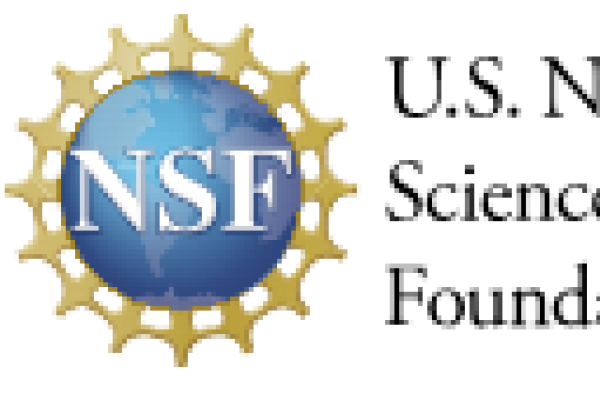Professor Jeanie Lau and Colleagues Awarded NSF DMREF Award

Department of Physics Professor Jeanie Lau has been awarded a DMREF Award from the National Science Foundation in collaboration with Professors Fan Zhang and Bing Lv (both at the University of Texas, Austin), Ming Yi (Rice University), and Robert Birgeneau (UC Berkeley).
Collaborative Research: DMREF: Developing and Harnessing the Platform of Quasi-One-Dimensional Topological Materials for Novel Functionalities and Devices
Non-technical Abstract
Applying the concept of topology to solid state systems has revolutionized our understanding of quantum phenomena and materials, and inspired the design of new functionalities in electronic, atomic, photonic, mechanical, and acoustic systems. For instance, topological insulators (TIs) are a class of materials that are electrically insulating in the bulk, but host conductive surface states that are immune to impurities. These states enable near-perfect devices from imperfect interfaces, which are important for both conventional and quantum information technology. However, there exist a number of critical challenges in current TI materials that must be addressed before realizing their full potential. This project aims at overcoming these challenges by focusing on and further developing a new class of materials, quasi-one-dimensional (quasi-1D) TIs for novel electronic, optoelectronic and sensing functionalities, via an iterative loop of theoretical modeling and prediction, material synthesis, characterization and device prototyping. Successful implementation of the program will advance knowledge and technology on topological materials and ultimately pave the way for transforming next-generation information technology and sustainable energy solutions. Major educational activities will be integrated into the research activities by increasing participation of under-represented groups, mentoring undergraduate and graduate students in STEM disciplines, performing public outreach by team-visiting local public schools and leveraging the team’s Youtube channel and twitter, organizing virtual workshops, creating a new online course, providing a new face to physics and materials science with two women in leadership positions in this team, and providing open access to research and education outputs to the technical community and general public.
Technical Abstract
To date, most of the identified TI’s are either strongly bonded bulk materials or layered van der Waals materials. Despite their richness, fundamental obstacles and limitations exist in exhibiting the decisive properties and realizing the full promise of TIs, such as the restriction of surface Dirac cones to a specific cleavage plane, weak electronic interactions and limited tunability. Remarkably, a quasi-1D structure promises to overcome these challenges. The goals of this project include prediction, design, synthesis, and control of topological phases in quasi-1D topological materials, design and demonstration of emergent materials, functionalities, and devices, including moiré quasi-1D TIs, stable and high temperature quantum spin Hall (QSH) insulators, and quantum intelligent sensors. The initial focus will be on the quasi-1D bismuth halides (Bi4I4-xBrx, 0≤x≤4), and will expand to include other selected quasi-1D materials families through synergistic and iterative collaborations. Through complementary expertise and concerted efforts on theory and computation, material synthesis, spin- and angle-resolved photoemission spectroscopy, nanofabrication, quantum transport, and neutron and x-ray scattering, and collaboration with researchers in academia, industry and government, the project is expected to actualize the potential offered by quasi-1D materials in the discovery or realization of novel topological materials and phases, topological phase transitions and control, room-temperature QSH effect, moiré quasi-1D topological meta-materials, and all-in-one intelligent photodetectors.
Read more on the National Science Foundation website, linked here.
